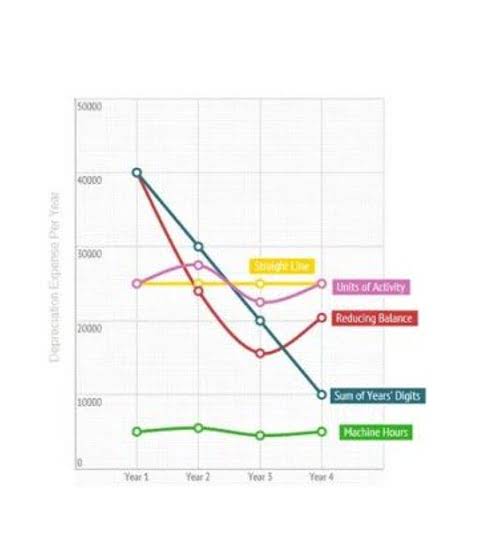
This means the higher the contribution, the more is the increase in profit or reduction of loss. In other words, your contribution margin increases with the sale of each of your products. As you can see, the net profit has increased from $1.50 to $6.50 when the packets sold increased from 1000 to 2000. However, the contribution margin for selling 2000 packets of whole wheat bread would be as follows.

This would increase the variable costs by $1 per unit, bringing the variable cost per unit to $5. The contribution margin ratio (CM ratio) is an important financial metric that shows how a company’s sales affect its profitability. It reflects the portion of each dollar of revenue that is available to cover fixed costs and contribute to net profit after variable costs have been paid.
Working example: Contribution margins in a café
The contribution margin ratio represents a company’s revenue minus variable costs, divided by its revenue. In short, it is the proportion of revenue left over after paying for variable costs. This means that $15 is the remaining profit that you can use to cover the fixed cost of manufacturing umbrellas. Also, you can use the contribution per unit formula to determine the selling price of each umbrella.
This could be through technology, increasing capacity or purchasing more productive equipment. A price change is an easy way to improve the margin but the business needs to evaluate whether the customer is willing to pay more for the product. Therefore, sales can drop by $240,000, or 20%, and the company is still not losing any money.
Contribution Margin Formula
It is considered a managerial ratio because companies rarely report margins to the public. Instead, management uses this calculation to help improve internal procedures in the production process. In accounting, contribution margin is the difference between the revenue and the variable costs of a product. It represents how much money can be generated cm ratio by each unit of a product after deducting the variable costs and, as a consequence, allows for an estimation of the profitability of a product. It is important for you to understand the concept of contribution margin. This is because the contribution margin ratio indicates the extent to which your business can cover its fixed costs.

Companies often look at the minimum price at which a product could sell to cover basic, fixed expenses of the business. They include building rent, property taxes, business insurance, and other costs the company pays, regardless of whether it produces any units of product for sale. That can help transform your labor costs from a variable expense to a fixed expense and allow you to keep those expenses under tighter control. As a result, your variable expenses will go down and your contribution margin ratio will go up.
What Is the Difference Between Contribution Margin and Profit Margin?
The regular income statement follows the order of revenues minus cost of goods sold and gives gross margin, while revenues minus expenses lead to net income. A contribution margin income statement follows a similar concept but uses a different format by separating fixed and variable costs. The contribution margin ratio is the difference between a company’s sales and variable expenses, expressed as a percentage. The total margin generated by an entity represents the total earnings available to pay for fixed expenses and generate a profit. The difference between fixed and variable costs has to do with their correlation to the production levels of a company. As we said earlier, variable costs have a direct relationship with production levels.

